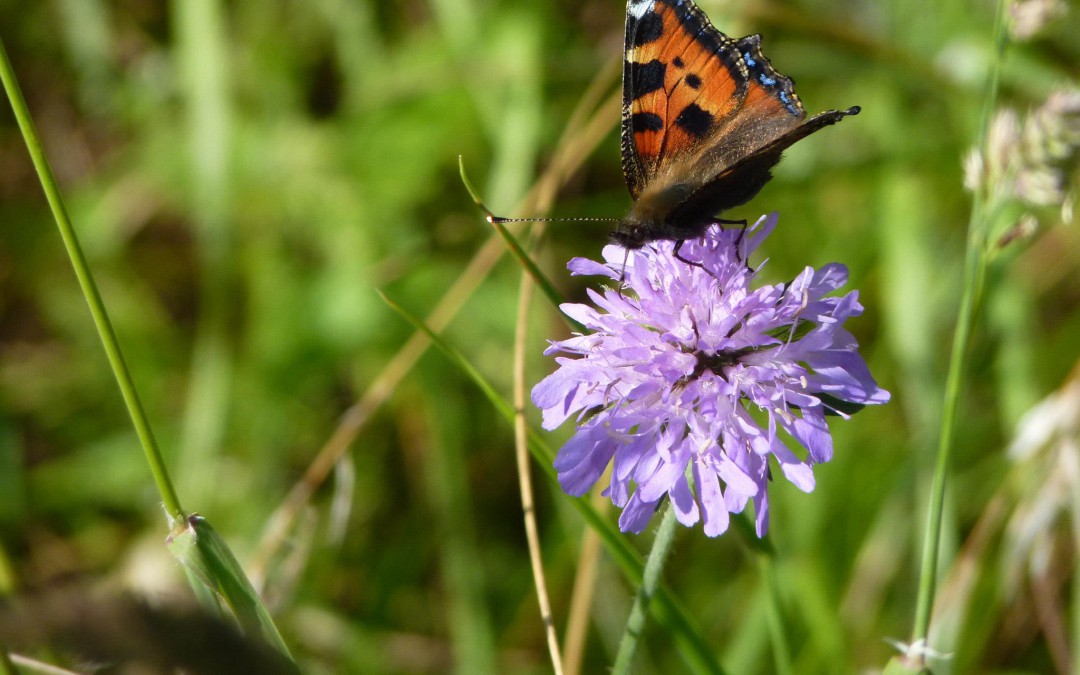A willingness to go back to nature and a better consciousness of environmental challenges characterize our time. In the garden, this translates into a regained interest for “native plants”. There are indigenous plants that have not been selected by the hand of man. They quite differ from their showier counterpart, whose flowering is usually the main interest. Their charm is subtler. They are also used in gardens to attract beneficial insects, such as bees and butterflies.
Historically, this is not the first time native plants are in fashion. At the beginning of the 20th century, William Robinson was advocating, in opposition to then fashionable Victorian gardens, plantings of more relaxed forms, using mainly, perennials, among which native ones. His ideas have had a great influence on the English garden, but his gardens proved to be extremely difficult to maintain. Following subsequent changes in fashion, his at Gravetye Manor has almost completely disappeared.
The use of native plants requires a completely different approach of gardening. What was not known at Robinson’s time is the study of natural plants habitats, a topic called phytosociology. Inspired by these ideas and their own practical experience, different gardeners, such as the German Richard Hansen, have developed the concept of garden habitats. Native plants should be planted in habitats, which are defined by plants growing conditions, such as light, temperature and exposure, air and soil humidity. This is far more complex than the ubiquitous sun, partial shade and shade signs found in garden centers. Moreover, a traditional perennials border is kept open, that is the space between tufts is hoed regularly, like in a vegetable garden. With native flowers, the space is allowed to close and all plants enter in a relentless competition. Therefore, the habitat should, beyond the cultural requirements, also be based on the capacity of plants to cope with this competition, like in a natural ecosystem.
Man plays an important role, as a supervisor of the development process. During the first two years, he should carefully control weeds. This is per se not complicated but requires minimum knowledge of plants to avoid weeding the wrong ones. Once the habitat is closed, these plantings require only a very limited maintenance. Even if “weeds” enter the composition, they generally do not disturb its harmony. Furthermore, man is also able to maintain a habitat in a transient state, whereas it would have evolved into another habitat in nature. For example, in ruderal plantings, mowing and removing hays prevent soil enrichment, which would favor the development of other plants.
These plantings are permanently evolving. There resides their interest, a fascinating show for all garden users.


Recent Comments